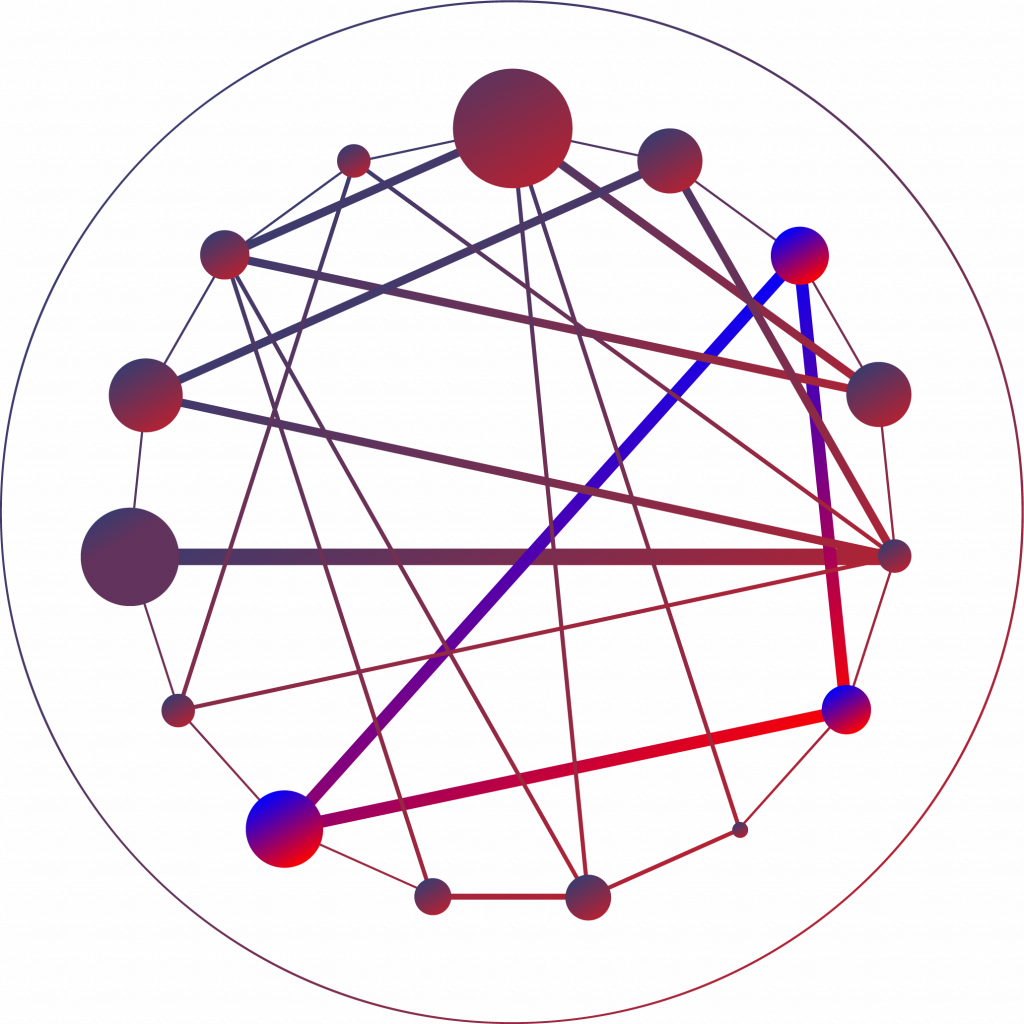AI-powered software to realize living systematic reviews for every disease
Our mission is to revolutionize the living systematic review workflow with cutting-edge AI, to make living systematic reviews in every disease a reality. Every human life has extraordinary value and deserves the best possible care, grounded in reliable, unbiased, and complete evidence-based information. The optimal treatment for most medical conditions is unknown due to an incomplete overview of the evidence. Even less is known about disease prevention and healthy living.
By enabling state-of-the-art, AI-driven data extraction directly from full-text articles, the vision for our software is to provide comprehensive, accurate data from the very start of the review process. This precision will empower better data, paving the way for rigorous, up-to-date evidence synthesis. This isn’t just progress—it’s a new standard for systematic reviews, designed to improve outcomes and foster trust in health information for everyone, everywhere.

Used by:





for evidence-based medicine
